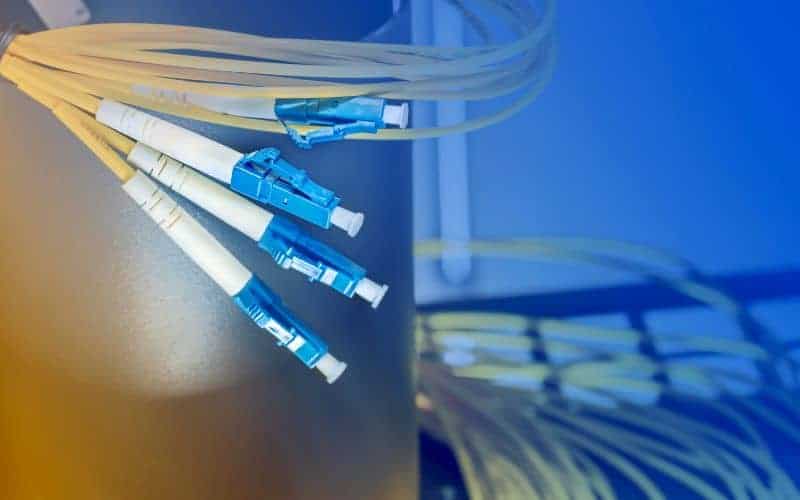FTTH, or Fiber to the Home, is a type of internet connection that uses fiber-optic cables to deliver high-speed internet directly to a user’s home. It is considered the gold standard of internet connections due to its reliability and speed, as it can provide speeds up to 1 Gbps.
On the other hand, DSL, or Digital Subscriber Line, is an internet connection that uses traditional copper telephone lines to transmit data. While it was once the go-to option for home internet, it has become outdated and is no longer able to keep up with the demands of modern internet usage.
So why is FTTH better than DSL? The answer lies in the technology used. Fiber-optic cables are made of glass or plastic and use light to transmit data, whereas DSL uses copper wires that are susceptible to interference and signal loss. This means that FTTH is more reliable and provides faster speeds than DSL, making it the preferred choice for those who require a high-speed, stable internet connection.
What is FTTH?
Fiber to the Home (FTTH) is a modern and efficient way of delivering high-speed internet services to homes and businesses. Unlike traditional broadband solutions like DSL, which use copper wireline infrastructure, FTTH uses fiber optic cables to transmit data, voice, and video traffic. This provides end-to-end fiber optic connection, resulting in higher throughput, symmetrical bandwidth, and superior signal strength than copper.
Definition of FTTH
FTTH is a type of fiber optic communication delivery in which an optical fiber is run directly from a central point to individual buildings, such as homes, apartments, or businesses, to provide high-speed internet access. It is also known as Fiber to the Premises (FTTP).

How FTTH works
FTTH works by connecting an optical fiber cable from a service provider’s central office to a customer’s premises. The optical fiber cable is made up of thin strands of glass or plastic that transmit data using light. The fiber optic cable is connected to an Optical Network Terminal (ONT) located inside the customer’s premises. The ONT converts the optical signal into an electrical signal that can be used by the customer’s devices. The customer can then connect their devices to the ONT using an Ethernet cable or Wi-Fi.
FTTH provides several benefits over traditional broadband solutions like DSL. Because of its significantly higher bandwidth, FTTH can handle consumer network demands in the coming decades. This includes improved performance for high-definition video streaming on applications like YouTube and Roku. FTTH is also more reliable and less susceptible to interference from electromagnetic waves, resulting in fewer connection drops and faster speeds.
Why is FTTH better than DSL?
Speed and Bandwidth
FTTH, or fiber to the home, offers much faster download and upload speeds than DSL. While DSL speeds typically range from 1-15 Mbps, FTTH can provide speeds up to 1 Gbps or higher. This means you can download and upload large files, stream high-definition videos, and play online games with minimal buffering and lag time.

Reliability
FTTH is also more reliable than DSL. Since fiber optic cables are made of glass, they are less susceptible to interference from weather, electrical signals, and other factors that can disrupt DSL connections. This means you are less likely to experience dropped connections or slow speeds, even during peak usage times.
Symmetrical Upload and Download Speeds
Another advantage of FTTH is that it offers symmetrical upload and download speeds. This means that you can upload files just as quickly as you can download them. With DSL, upload speeds are typically much slower than download speeds, which can be frustrating if you need to send large files or use video conferencing software.

Future-Proofing
FTTH is also more future-proof than DSL. As more and more devices become connected to the internet, the demand for bandwidth will continue to increase. FTTH is capable of meeting these demands, while DSL will eventually become outdated as technology advances.
Cost
While FTTH may be more expensive than DSL in some areas, the cost is often offset by the faster speeds and increased reliability. Additionally, as more providers offer FTTH, the cost is likely to decrease over time.
Overall, FTTH offers numerous advantages over DSL, including faster speeds, greater reliability, symmetrical upload and download speeds, future-proofing, and competitive pricing. If you want a fast, reliable internet connection that can meet your needs both now and in the future


4 thoughts on “FTTH vs DSL: Understanding the Differences and Advantages”
Comments are closed.